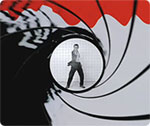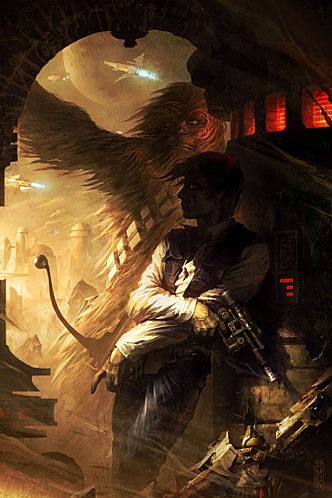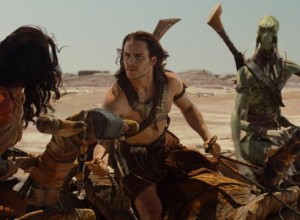 Today marks the 50th Anniversary of the release of the first James Bond film, Dr. No (which I had the joy of seeing on the big screen for the first time last month). It’s been declared “Global James Bond Day”, a celebration of all things 007. So, y’know, absolute catnip for a guy like me.
Today marks the 50th Anniversary of the release of the first James Bond film, Dr. No (which I had the joy of seeing on the big screen for the first time last month). It’s been declared “Global James Bond Day”, a celebration of all things 007. So, y’know, absolute catnip for a guy like me.
Yesterday, the theme for the new film, Skyfall was released, performed by Adele. It hearkens back to the classic Bond ballads, like You Only Live Twice, Moonraker, The Spy Who Loved Me, and For Your Eyes Only. It’s funny — I’ve seen criticism online (go figure, it’s the internet) that it isn’t “hard-hitting” or “a call to action” — which makes me wonder if those making such charges are familiar with the tracks I mentioned.
Here’s the debut “lyrics video” for the song:
The release of the theme, the forthcoming release of the score (due at the end of October) and the film itself, plus all of the associated 50th anniversary hoopla (books, etc.) have definitely put me in a very Bond frame of mind.
Over on Facebook and Google+ I posted the following image:
That’s the front and back cover art to the James Bond 007 roleplaying game, published in the early 80s by Victory Games. That was the game that made me want to become a game designer. Before it, I had never seen a game system that emulated a genre — systems were, in my meagre experience of the time, mathematical models of action, and that’s it.
But James Bond 007, designed by Gerry Klug, showed me that you could create systems that helped to bring across the feel of a thing — the chase rules, for example, bring the tension and rising stakes of a chase directly to the players through the rules, not just the results. It was an epiphany. I’ve never had the opportunity to meet Mr. Klug — he’s long since left tabletop gaming — but I’ll take this opportunity to publicly thank him.
In the mid-90s, I ran a long-term campaign, one-on-one with my friend John Phythyon, where he played Richard Deming, 001. We dove into it– a new “film” every few weeks, complete with all NPCs described in terms of the actor cast in the role (Deming himself was initially portrayed by a pre-Bond Pierce Brosnan, before Adrian Paul stepped into the role)…
Hey, I said we dove into it.
There were movie posters, even soundtracks — John would compose and record a theme tune, an action piece and a “sneaking around/contemplative” piece for each “film”, working off the titles I’d give him (at the end of the previous adventure, of course — “Richard Deming will return in…”). We started to have friends interested in just watching us play, and then they’d start coming in as guest stars, playing recurring characters like Deming’s CIA Liaison, etc.
It was, hands-down, the best roleplaying game experience of my life. Yet to be topped.
I’m very pleased to hear that Joseph Browning of Expeditious Retreat Press is working on a “retro-clone” of the Bond game, under the title CLASSIFIED. Here’s hoping for a robust release schedule filled with adventures. I may have to dive back in…







